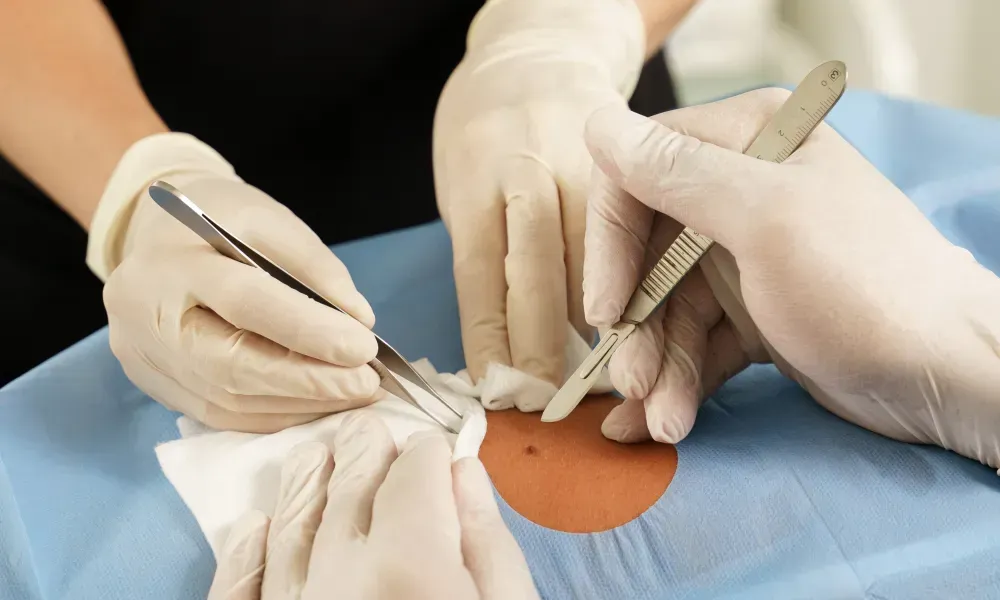
Mohs surgery is a specialized procedure used to treat certain types of skin cancer. Recognized for its precision, this surgery allows for the careful removal of cancerous tissue while preserving as much healthy skin as possible. If you’ve been scheduled for Mohs surgery, you might feel apprehensive or have questions about how to prepare. Understanding what the procedure involves and how to get ready for it may help to approach it with more confidence.
What is Mohs Surgery?
Mohs surgery is a highly effective technique for treating skin cancer. The method focuses on the step-by-step removal of cancerous cells under microscopic guidance. The goal is to remove all cancerous tissue while sparing the surrounding healthy skin. This procedure is commonly used to treat certain types of basal cell carcinoma and squamous cell carcinoma, the two most prevalent forms of skin cancer.
How Does the Procedure Go?
Understanding the process can help you feel more comfortable as you approach the day of your surgery. Here’s an overview of how Mohs surgery generally unfolds:
- Preparation: Before the surgery begins, the area being treated is numbed with a local anesthetic. This makes sure you do not experience pain during the procedure.
- Removal of Tissue: The surgeon removes a thin layer of tissue from the cancerous site. This removed tissue is carefully labeled and prepared for immediate examination.
- Tissue Examination: The removed tissue is brought to an on-site lab where it is frozen, cut into thin sections, stained, and examined under a microscope. This helps the surgeon determine whether all the cancerous cells have been removed.
- Additional Layers (if necessary): If cancerous cells are still present, the surgeon will take additional layers of tissue from the precise location where the cells remain. This process is repeated until the tissue sample shows no evidence of cancer.
- Reconstruction: Once all cancerous tissue is removed, the surgeon will discuss options for closing and healing the surgical site. Depending on the size and location of the wound, this may involve stitches, a skin graft, or allowing the wound to heal naturally.
How Do You Prepare for It?
Preparation is key to having a smooth experience during your Mohs surgery. Here are several steps you can take to get ready for your appointment:
- Discuss Medications: If you are on any medications, whether over-the-counter or prescription, inform your healthcare provider. Some medications, such as blood thinners, may need to be adjusted before the procedure. Never stop taking a medication unless directed by a healthcare professional.
- Arrange for Support: While Mohs surgery is typically performed under local anesthesia and you’ll be able to leave the facility afterward, having a friend or family member accompany you can provide extra comfort. They can also drive you home, particularly if your surgical site affects your vision or mobility.
- Dress Appropriately: Wear loose, comfortable clothing on the day of your surgery. Try to avoid garments that could rub against or irritate the surgical site. If the procedure involves your face or head, wear a button-up shirt that can be easily removed without touching the area.
- Stay Hydrated and Eat a Light Meal: Before your appointment, have a light meal and drink plenty of water unless you’ve been advised otherwise. This will help you stay comfortable during the procedure.
Conclusion
Preparing for Mohs surgery doesn’t have to feel overwhelming. By understanding the steps involved and following your healthcare provider’s guidance, you can approach your appointment with more assurance. If questions arise before the day of your surgery, don’t hesitate to contact your medical team for clarification.






